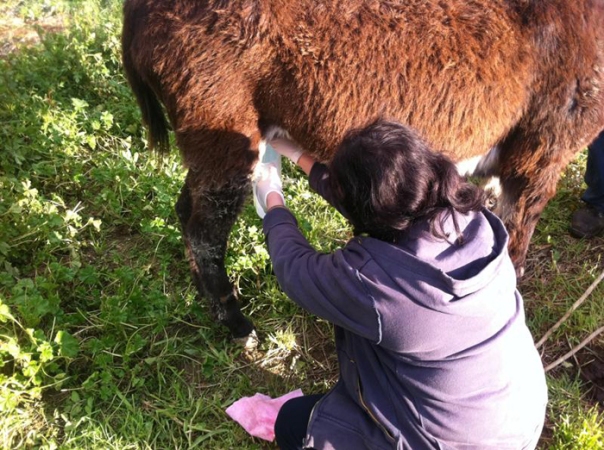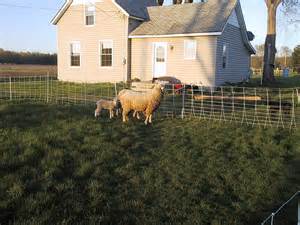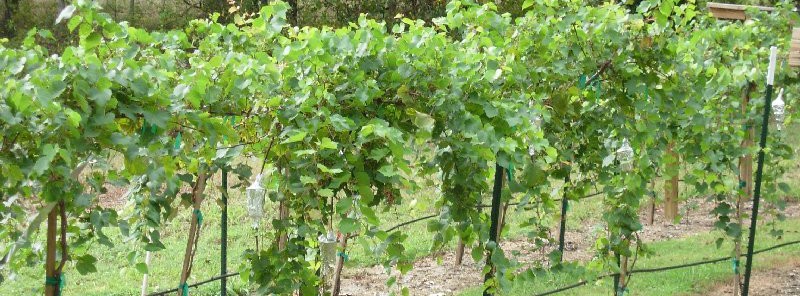Dairy is something that almost everyone intakes at one point or another. From milk in your cereal, ooey gooey cheese for pizza or tacos and of course delicious whipped cream, dairy is something every capable homesteader should try to be able to produce. Many homesteaders, though, don’t have acreage. Doesn’t dairy only come from big dairies with green acres covered in giant black and white cows?

Well, that is where most milk in the grocery stores comes from, true enough. A typical homesteader, though, doesn’t need a milk producer anywhere near the capacity of a Holstein milk cow(pictured above, the most common breed of dairy cows). If you are setup for livestock but just are a bit tight on space there are several options to what is traditionally thought of when it comes to dairy animals.
You can milk what…?
Here, in the United States, most people are used to cow milk. Cow milk is nutritionally ok, but most cows are large, take a lot of room and need a good amount of pasture to economically feed them. There are several options to the large traditional dairy cattle. There are breeds of smaller cattle, like jersey, miniature jersey, Dexter and other miniature varieties. The second most milked animals in America are goats. Goats milk is easier to digest, more nutritious than cows milk and they are a good alternative for those strapped for space. Then, there are dairy sheep. Now, worldwide, sheep are commonly milked. Their milk is delicious and the easiest to digest. Dairy sheep are a getting more popular here, but are still fairly rare.

Then we move on to the more rare milk animals. Donkeys were perhaps the first animals ever milked. Yaks and miniature yaks eat 1/2 to 1/3 of what a dairy cow generally consumes and produce decent milk and much more. Lastly, there are a few more animals that have been milked historically in different cultures: Reindeer, alpaca and even horses. Now, don’t expect to get loads of milk from any of the animals, but they can produce consumable milk and generally the animals have multiple purposes.
How much space do these animals need?
Different animals of course have different needs. The rule of thumb is the better your pasture the less physical room your livestock will need. If you have lush grasses and clover that works with the animal or animals you want then you usually can get away with less space. Also, if you plan to primarily provide feed and hay brought in from elsewhere you can definately have less space. No matter what type of animal you decide on they always need enough room to run around, browse and graze and a shelter from inclement weather.
Can all of that be provided on less than an acre? Yes, if you are smart about how you organize your homestead and pasture, you can definately raise dairy producers on less than an acre. How much less? Well if you decide on goats, sheep or say miniature donkeys they can be kept pretty well on 1/3 of an acre often. You can probably easily keep 3-5 small goats or sheep and probably 3 mini donkeys on that size spot. A half of an acre or more is of course better, but for minimum room it is doable.

A small cow, a Jersey breed or smaller, generally needs lush pasture if limited on space. It takes a lot of energy to perpetually produce milk for month on end, and, this energy, comes from what the cow is eating. A dairy cow not given good pasture or supplemental feed will look thinner than they should, fur will lose luster and their eyes may lose clarity. They are prone to all sorts of conditions and diseases if left to waste away on poor pasture.
As a rule of thumb, if it is suitable pasture or you plan to substitute alfalfa, grain and other nutrient dense foodstuff, you can get away with having a small or miniature cow on about a half an acre. I would not recommend attempting on much less than that size pasture.
What will work for your homestead?
We are all individuals, with unique needs. If your primary concern is for milk for cereal, coffee and cooking then really any of the animals listed above will work for you. Each animal has it’s own particular needs, quirks, issues, charms and fans. A milk cow, for the most part, will produce more milk than you can use, but are large and are higher maintenance for nutrients than most of their smaller counterparts.
Goats are popular, often have charming personalities but are often despised for their adventurous need to escape any fence. There’s a saying common with goat owners. If water can get through your fence a goat will. Goats are browsers and generally far less needy for high nutrient pasture, but what they eat will effect the milk’s flavor. If you want good tasting milk, you may need to limit what your dairy goats get into.
Dairy sheep are generally hard to locate, a fair expense for such a small animal and require yearly sheering. They, though, do produce great tasting milk in large quantities for their size. They require good grass, but it generally doesn’t have to be as good as for cows. They require decent fence and are much more likely to try going under than over. They generally don’t have the personality a goat has and can be more nervous as well.
As for the rest of the exotics, they need be researched to see if they will suit you and your needs. It may be terribly hard to find a donkey with a big udder or a friendly yak in your area. You are the only one who knows your needs and your area. Are you willing and able to travel across the country for the right animals? 
In Closing
I hope this article has helped answer some questions and perhaps peaked your interest on branching out beyond just focusing on a cow for producing dairy. As always, if you have any questions or comments I welcome them.
To your HHH
-Kimmie

